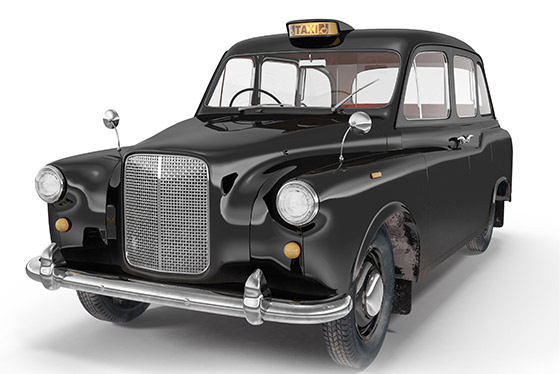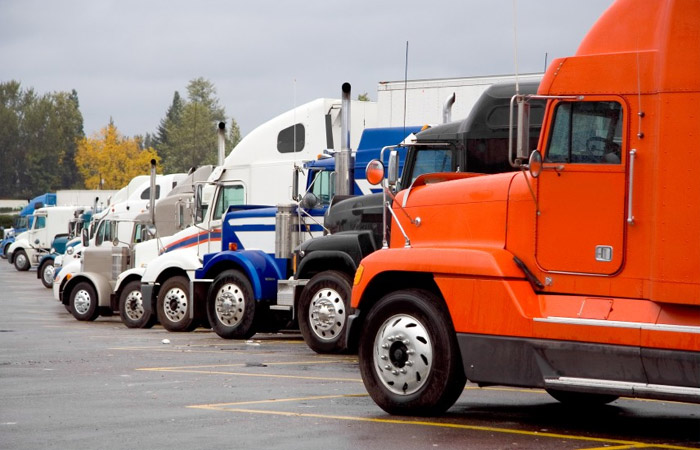What does all risk car insurance mean? what benefits does it include?
What is all risk car insurance?
An all-risk car insurance policy is a complete motor insurance policy that protects the policyholder against both personal and third-party liabilities. It’s also known as ‘own-damage ‘or ‘other than collision’ vehicle insurance because it covers you financially in the event of a loss that isn’t might not have been caused by a collision. An all-risk car insurance policy covers you in the event of an accident, fire, theft, or natural disaster.
An all-risk auto insurance coverage is the highest level of protection you can give your vehicle. It’s a step up from a standard third-party car insurance coverage, which just protects and secures the third party or the vehicle you crash into. Your own vehicle is not covered by third-party insurance in the event of an accident. All-risk insurance, on the other hand, provides a wider range of coverage and services.
What does all-risk car insurance cover?
It is usually best to have a complete understanding of the inclusions and exclusions specified in your auto insurance policy in order to avoid any last-minute surprises. You must read it extremely carefully in order to do so. In general, you won’t have to worry about the following because your all-risk auto insurance will cover them:
Any loss or damage to your vehicle as a result of:
- Natural calamities or extreme weather conditions. Storms, hurricanes, floods, and other natural disasters, for example.
- Civil strife or man-made disasters, For example, riots, vandalism, and so on.
- Fire, self-ignition, or explosion.
- Accidents.
- Theft of vehicle. Third-party physical injuries, deaths, or property damages Compensation for the car’s owner-driver if he or she dies or becomes disabled as a result of the accident.
What does all-risk car insurance not Cover?
If your vehicle is damaged in a collision, you will not be able to file a car insurance claim unless you have all-risk coverage. Similarly, there are a number of things that are not covered by an all-risk vehicle insurance policy:
- Car wear and tear, as well as ageing.
- Depreciation.
- Breakdown due to mechanical or electrical failure.
- Tubes and tyres damage.
- In the event that the vehicle’s tubes and tyres are damaged as a result of an accident, the insurance company’s liability is limited to 50% of the total replacement costs.
- Damages incurred as a result of a driver who does not have a valid driver’s licence.
- Damages incurred as a result of driving while drunk.
- Any loss or damage resulting from a revolt or a nuclear attack.
Benefits of Buying all-risk car insurance
Except for collisions, an all-risk car insurance coverage protects your vehicle from any unforeseen event. It also covers losses incurred in the event of an accident. Let’s look at some of the other advantages of this “other than collision” coverage:
- It provides your car with the best level of protection possible.
- You can claim for losses sustained in such situations if you are determined to be at fault in the case of an accident if you have all-risk auto insurance.
- It protects you from claims, including legal fees, that are filed against you as a result of an accident.
- Financial stability and peace of mind.
- Provides cash assistance if your car is destroyed.
How is all-risk Car Insurance Premium Calculated?
When it comes to determining the best method for calculating the premium for an all-risk car insurance policy, the premium calculator is the best option. A premium calculator is an online application that will assist you in determining the suitable premium for your vehicle. You can quickly obtain personalised results from this calculator by inputting proper and accurate car facts such as the car’s make, model and variant, manufacture year, registration date, RTO location, and so on, as well as the status of your No Claim Bonus (NCB). If you know how much insurance you need for your car, you can choose the most appropriate premium quote for your needs and budget.
Factors That Determine Car Insurance Premium
The following elements have a significant impact on the cost of a comprehensive vehicle insurance policy:
- Age of the Driver: Drivers under the age of 25 are deemed high-risk. As a result, insurance firms charge persons between the ages of 18 and 25 a higher price for automobile insurance.
- Make, Model and Variant of the Car: Due to the increased worth of the car parts, insurance companies charge a higher premium for high-end automobiles like BMW, Audi, and others, compared to budget cars like the Alto, Santro, and others.
- Registration Location: The registration location has an impact on premium costs because cars are insured at a higher premium in urban regions with higher traffic density than in suburban areas because urban areas are more prone to accidents.
- Type of Fuel: Insurance firms charge a greater premium for a CNG-equipped automobile than for a petrol or diesel-powered vehicle.
- Manufacturing Year: As an automobile becomes older, depreciation diminishes its market value, lowering its Insured Declared Value (IDV). For cars with a lower IDV, insurers demand a lower premium.
- Discounts: Various sorts of discounts tend to lower automobile insurance premiums. If your automobile has an ARAI-authorised anti-theft system, for example, you can obtain a 2.5 per cent discount on your insurance. Being a member of the Automobile Association of India also entitles you to a discount (AAI).
- No Claim Bonus (NCB): Insurance companies provide the insured person a No Claim Bonus (NCB) if they don’t make a claim during the policy year. This advantage is delivered in the form of a discount that ranges from 20% to 50% and grows with each year of claim-free service.
FAQs
What's the difference between an all-risk and third-party car insurance?
All-risk car insurance is not necessary, however, third-party car insurance is. Another distinction is that the all-risk plan covers both third-party and own-damage liabilities, whereas the third-party plan exclusively covers third-party liabilities.
Why is it critical to have an all-risk car insurance policy for my old vehicle?
An all-risk car insurance policy protects against a variety of hazards that are out of one's control, such as windshield damage, fire, natural disasters, accidents, and so on. These problems can be costly to repair regardless of whether the car is new or old. As a result, it's a good idea to secure your automobile with an all-risk car insurance policy, especially if you drive it frequently.





























